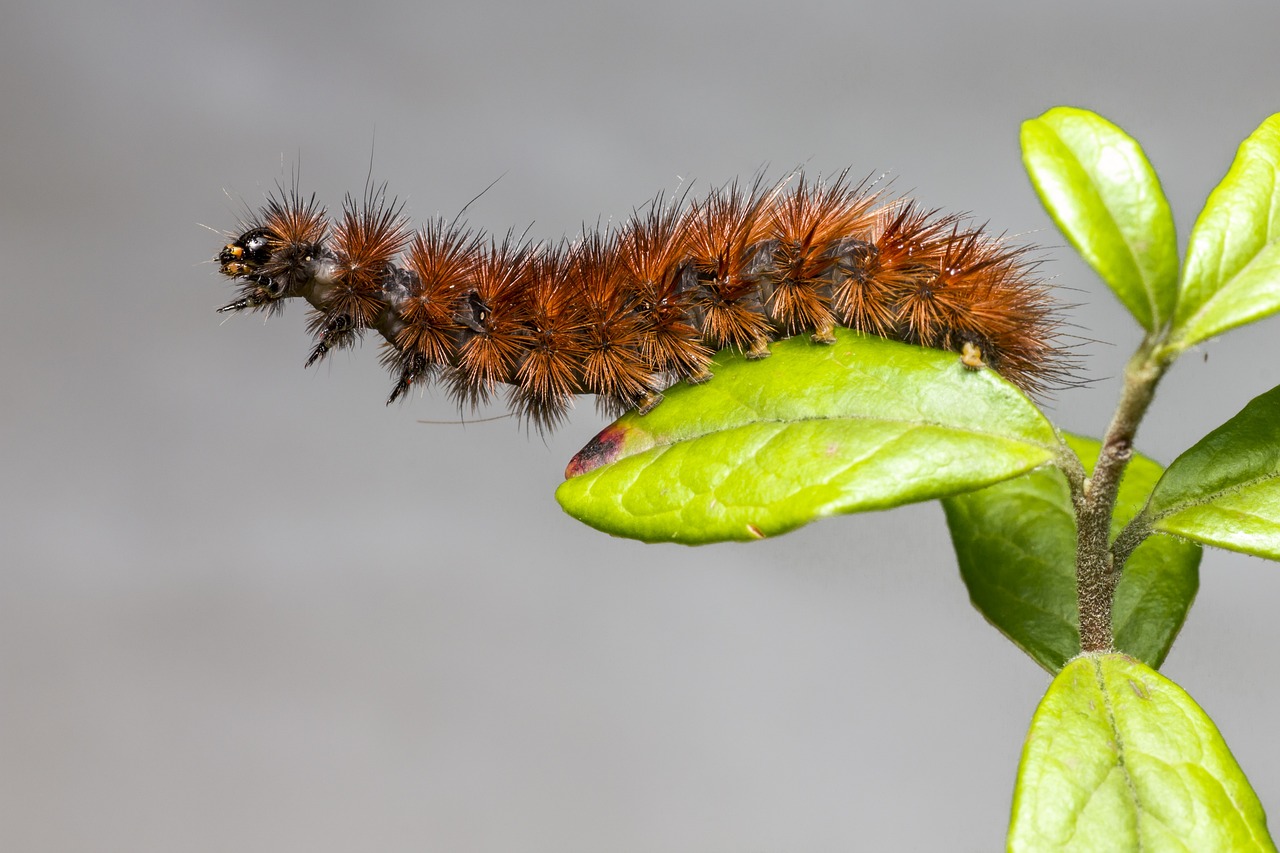Here’s a complete scientific and natural history overview of the Ruby Tiger Moth (Phragmatobia fuliginosa), one of Europe’s most attractive tiger moths — known for its rich reddish coloration and wide northern range.
🦋 Ruby Tiger Moth (Phragmatobia fuliginosa)
Taxonomy
- Kingdom: Animalia
- Phylum: Arthropoda
- Class: Insecta
- Order: Lepidoptera
- Family: Erebidae (subfamily Arctiinae – Tiger Moths)
- Genus: Phragmatobia
- Species: P. fuliginosa
Common Names
- Ruby Tiger
- Ruby Tiger Moth
- Brown Tiger Moth (older name in some regions)
General Description
The Ruby Tiger Moth is a small to medium-sized moth, easily recognized by its reddish-brown forewings and vivid pinkish-red hindwings. It is widespread throughout Europe and parts of Asia, adapted to a variety of open habitats.
- Wingspan: 30–42 mm
- Forewings:
- Deep reddish-brown or chestnut-colored, sometimes with darker spots or streaks.
- Color varies regionally — northern individuals often darker.
- Hindwings:
- Bright pinkish-red or crimson, with a black central spot and a dark outer margin.
- Body:
- Furry and reddish or pinkish in tone.
- Sexual dimorphism: Males are generally slightly smaller and more brightly colored than females.
- Resting posture: Wings held roof-like over the body; bright hindwings hidden until disturbed.
Distribution
The Ruby Tiger Moth is found across much of the Palearctic region, including:
- Europe: Widespread from the British Isles and Scandinavia to the Mediterranean and Eastern Europe.
- Asia: Extends across Russia to Mongolia, northern China, and Japan.
- North Africa: Present in some temperate coastal areas.
Habitat
- Occurs in a wide variety of open and semi-open habitats, including:
- Heathlands and moorlands
- Grasslands and dunes
- Woodland clearings and forest edges
- Meadows, gardens, and road verges
- Prefers sunny, dry places with abundant low-growing vegetation.
- In northern Europe, often found in heather moors and coastal dunes.
Behavior
- Mainly nocturnal, but may also fly in the daytime, especially when disturbed.
- Attracted to light at night.
- Flies close to the ground, with a quick, darting flight.
- When threatened, it exposes its bright hindwings — a warning display to deter predators.
Life Cycle
- Generations:
- 1–2 per year, depending on climate.
- In northern Europe: usually one generation (June–August).
- In southern Europe: sometimes two generations (spring and late summer).
- Eggs:
- Laid on low plants.
- Larva (Caterpillar):
- Covered in dense, brownish or black hairs (setae), giving it a “woolly bear” appearance.
- Feeds on many herbaceous plants.
- Overwinters as a larva, often curling up under leaves or moss.
- Pupa:
- Forms a silken cocoon among leaf litter or soil debris.
- Adult emergence: Late spring to summer.
Food Plants (Larval Host Plants)
Polyphagous (feeds on many plant species), including:
- Heather (Calluna vulgaris)
- Dock (Rumex)
- Plantains (Plantago)
- Dandelion (Taraxacum)
- Burdock (Arctium)
- Willowherb (Epilobium)
- Groundsel (Senecio vulgaris)
This wide diet allows it to inhabit diverse ecosystems.
Conservation Status
- IUCN Red List: 🟩 Least Concern
- Population trend: Stable and widespread.
- Common throughout most of its range, though locally declining in regions with intensive agriculture or habitat loss.
- Thrives in natural and semi-natural grasslands.
Identification Tips
| Feature | Description |
|---|---|
| Forewing color | Reddish-brown, variable tone |
| Hindwing color | Pink to crimson with black spot |
| Flight period | Late spring to late summer |
| Behavior | Day-flying, often sun-loving |
| Caterpillar | Hairy, dark brown “woolly bear” type |
Ecological Role
- Pollinator: Adults occasionally feed on nectar from flowers.
- Food source: Caterpillars are prey for birds and small mammals, though their hairs deter some predators.
- Overwintering stage: Larvae contribute to forest floor and grassland ecosystems as part of the decomposer cycle.
Interesting Facts
- The name Ruby Tiger refers to the gem-like ruby color of its hindwings.
- The caterpillar’s hairs can act as a mild deterrent to birds but are harmless to humans.
- Exhibits regional color variation: northern forms darker, Mediterranean forms paler and redder.
- Part of the same family as the Garden Tiger Moth (Arctia caja), another striking European species.
In Northern Europe (e.g., Estonia, Finland, Scandinavia)
- A common sight from May to August, especially in heathlands, forest edges, and meadows.
- Caterpillars often seen in late summer or autumn, feeding on dandelion and dock leaves.
- Overwinters as a larva and pupates in spring, emerging as an adult moth in early summer.
Visited 16 times, 2 visit(s) today
Views: 172
Subscribe to the newsletter:
